If you’ve ever been in a car accident, then you know how difficult it is to think clearly or follow the right steps immediately after the accident. In these stressful situations, you may make a judgment call you would not ordinarily make or go into shock and have no idea what to do.
That’s why, even though these things may seem obvious, this guest post from Lawggle is here to remind you of exactly what to do after a car accident – while you’re still on the scene and right after.
Step 1: Check to see if everyone is okay.
Okay yes, this one you probably don’t need reminding of, but it’s too important to leave out. Check yourself, talk to your passengers, and if you are able and it is safe to do so, get out of your car and check on the other driver.
If there are serious injuries, call 911, and don’t move anyone unless they’re in immediate danger. Do what you can to promote safety and prevent further injuries.
Step 2: Assess the damages and call the police.
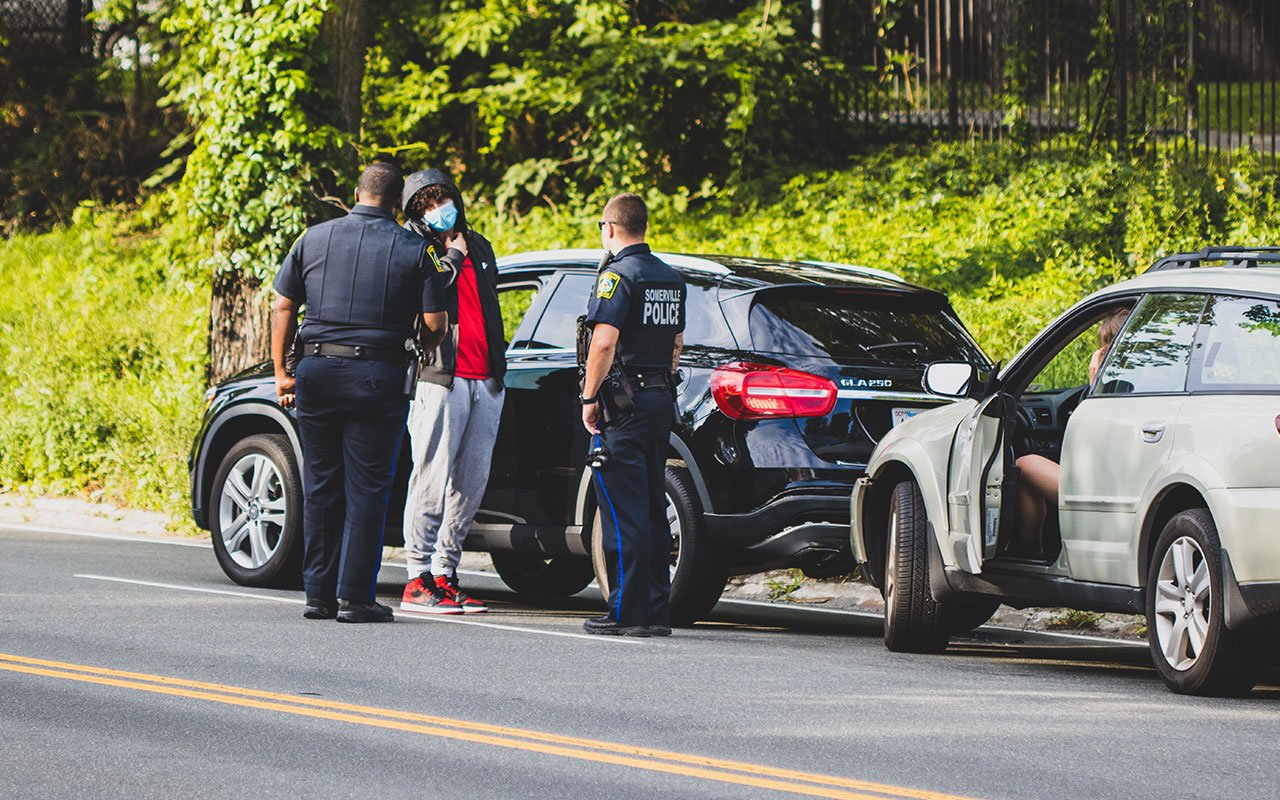
If it is safe to do so, get out of your car and assess the damages to see if the police need to be called to the scene, if they have not already been called.
If the damages caused by the accident exceed a certain amount (in Ontario, it’s $2000 total to all involved cars) then you must report the accident to the police immediately. You will need the police to complete an accident report. You should also call the police to report the accident if there are injuries, no matter how severe.
Because it can be hard to know the cost of damages, it’s best to always report the accident if either vehicle has any obvious damage. If there are no injuries and the damages are less than $2000, then you do not need to call the police, but you will need to call a Collision Reporting Centre within 24 hours following the accident.
Step 3: Take pictures!
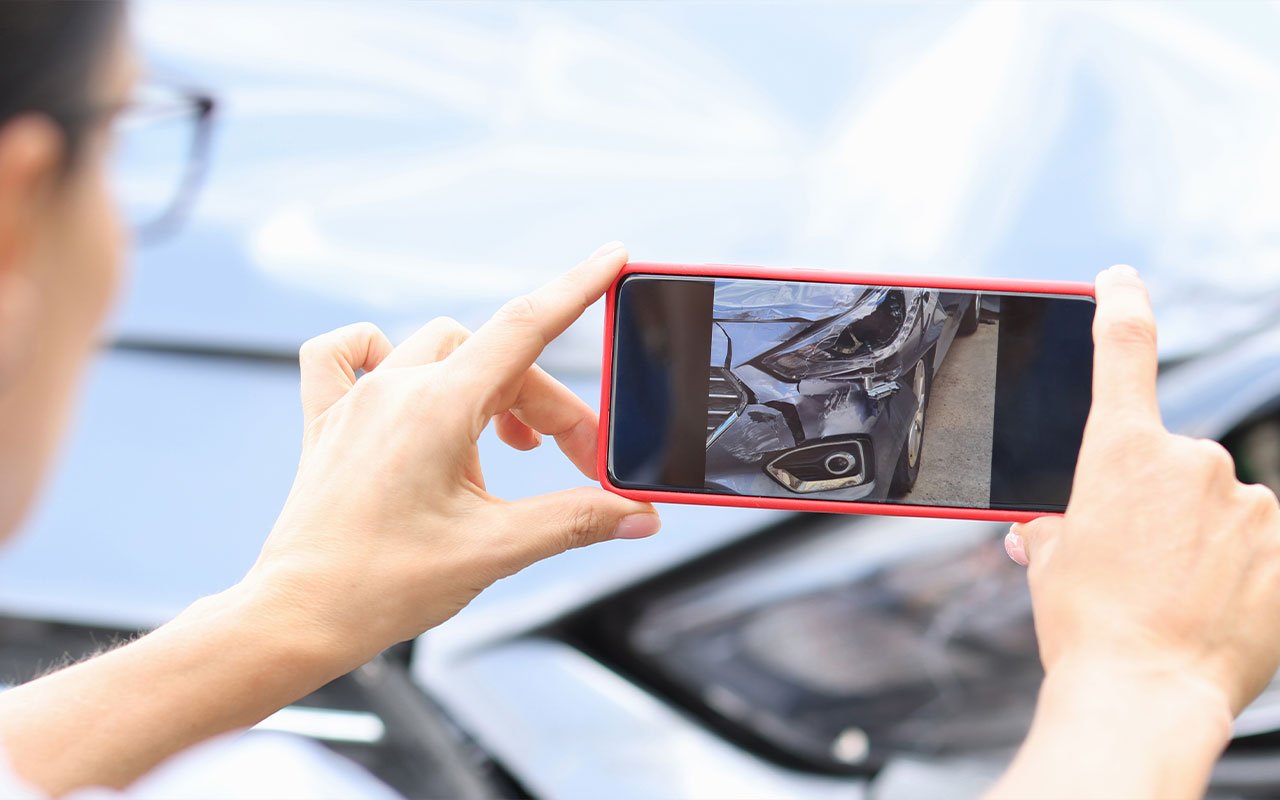
Even if everything seems straightforward and the other driver is insured and cooperative, get some photo evidence.
Take pictures of the scene, of all the cars involved and of the damage to each. You can take pictures of the drivers and passengers, as well. Try to include as many details as you can in the pictures. You never know what situation may arise following the accident, and the more evidence you have, the better.
Step 4: Move your car off of the road.
If your car is driveable, move the car off of the road so that you’re not blocking traffic, and put on your hazard lights to warn drivers. It is not necessary to leave the vehicles involved in the accident where they are. The police can complete an accident report without your vehicles remaining in place, and in most cases, the fault of the accident is clear without seeing exactly where the cars ended up.
Getting your vehicle off the road is recommended because It is much safer for you, for emergency personnel, and for all other drivers on the road for you to get out of the way of traffic. In some places, it is not just recommended but even required by law to move the vehicles off the road.
However, if anyone is seriously injured do not move them – you could cause further injury. In this case, just put on your hazard lights and leave the vehicle where it is. Use cones or warning triangles, if possible, to warn other drivers to slow down and help keep everyone safe until first responders arrive.
Step 5: Exchange information with the other drivers involved.
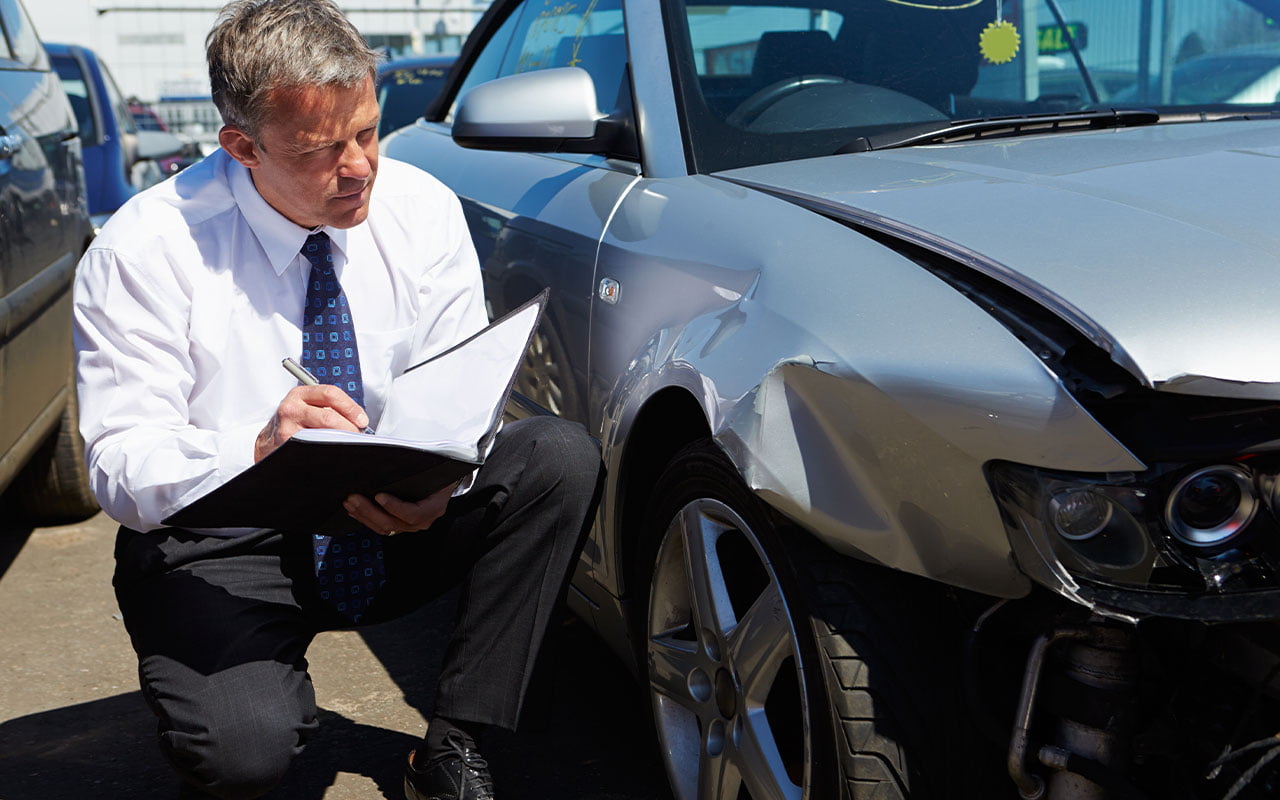
Make sure you get all of this information from each of the other drivers involved:
- Name, address, and phone number
- Driver’s licence number, insurance company, insurance policy number
- Licence plate number of each vehicle
- Names and phone numbers of each passenger and witnesses at the scene
- Record any other details you can while the accident is fresh
Write down the date and time, the speed you were going, your estimate of the speed of the other driver(s), the road conditions, the weather, and anything else you think might be important. Write a detailed description of what happened in the accident. Record the name of the attending officer, if there was one, and the police report number.
More things to do after a car accident
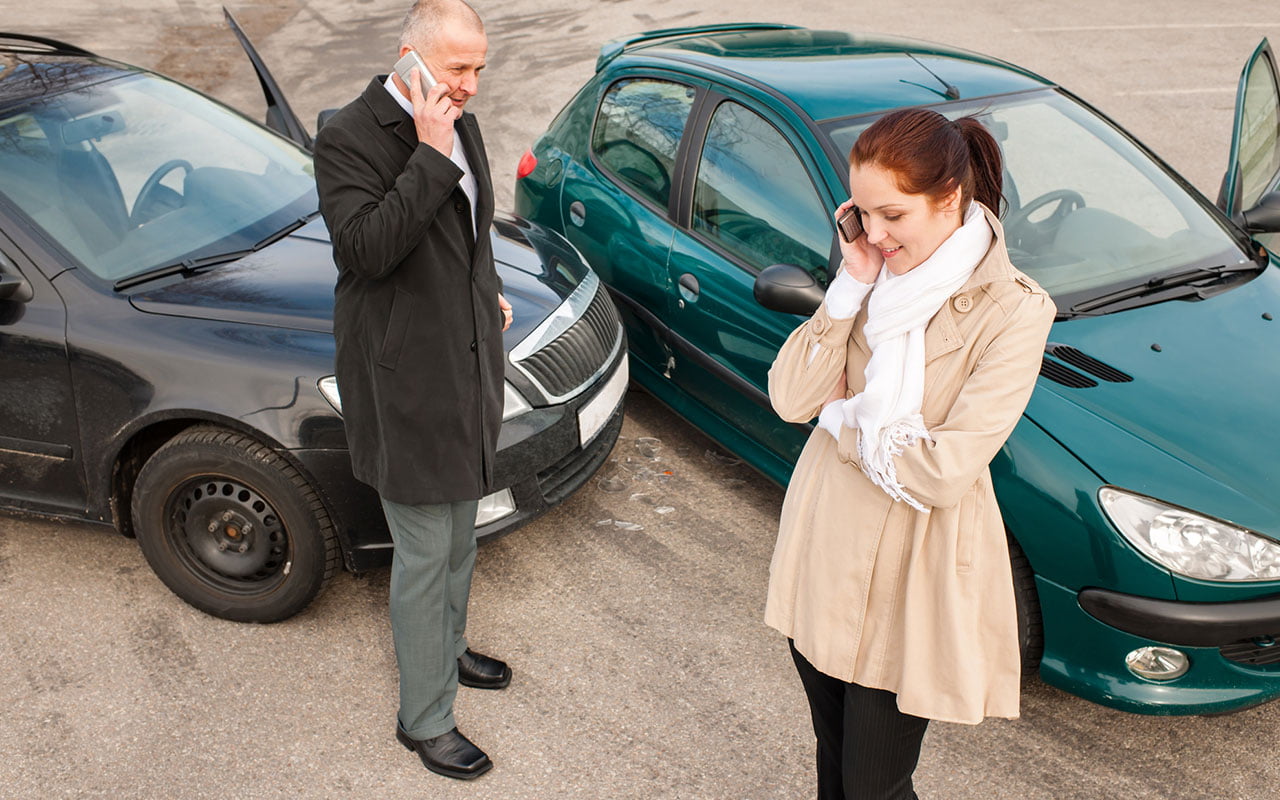
- Call the Collision Reporting Centre
- Call your insurance company as soon as possible
- If you’re injured at the time of the accident or injuries appear later, see a healthcare professional
3 things you should NOT do after a car accident
- Don’t ever flee the scene of an accident! If you do, you could be criminally charged, face expensive fines, and/or lose your driver’s licence. If the other driver fled, don’t worry, you’re likely still covered.
- Don’t talk about the accident with the other driver. Never admit fault or apologize. Only discuss details with the police, the reporting centre, your insurance company, and your lawyer.
- Never say you are totally fine or completely uninjured to anyone. Often injuries are not apparent until the next day or even a few days after an accident. If injuries do appear, always see your healthcare provider as soon as possible and follow their recommendations.
When you’ve been in an accident, don’t give anyone the opportunity to use your own words against you, and if you are injured, it is always recommended to consult a personal injury lawyer. Usually the consultation is free, and often they will work on a contingency basis, which means you won’t have to pay anything until you get a settlement.
A personal injury lawyer can help you figure out if you have a case worth pursuing, or even help with an accident benefits claim.
If you’ve been injured in a car accident, call Joshua Goldberg Law today.
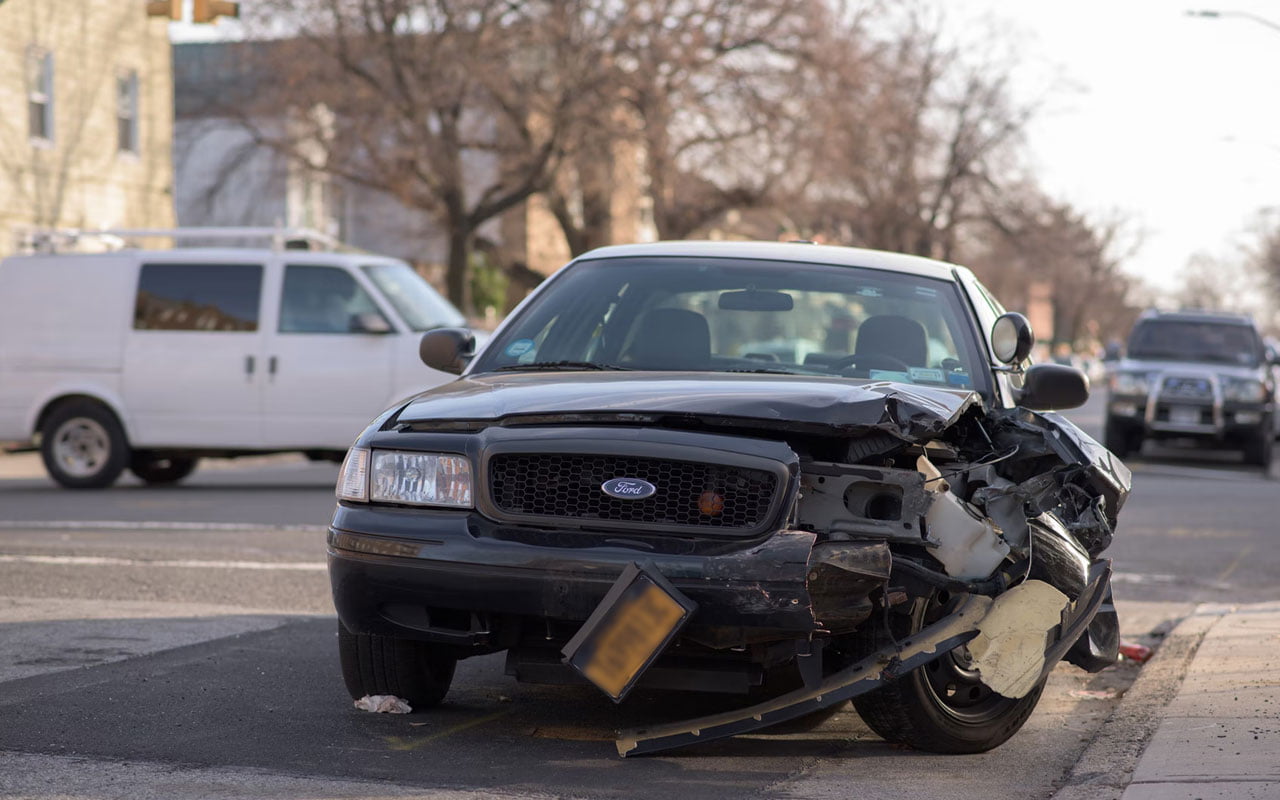
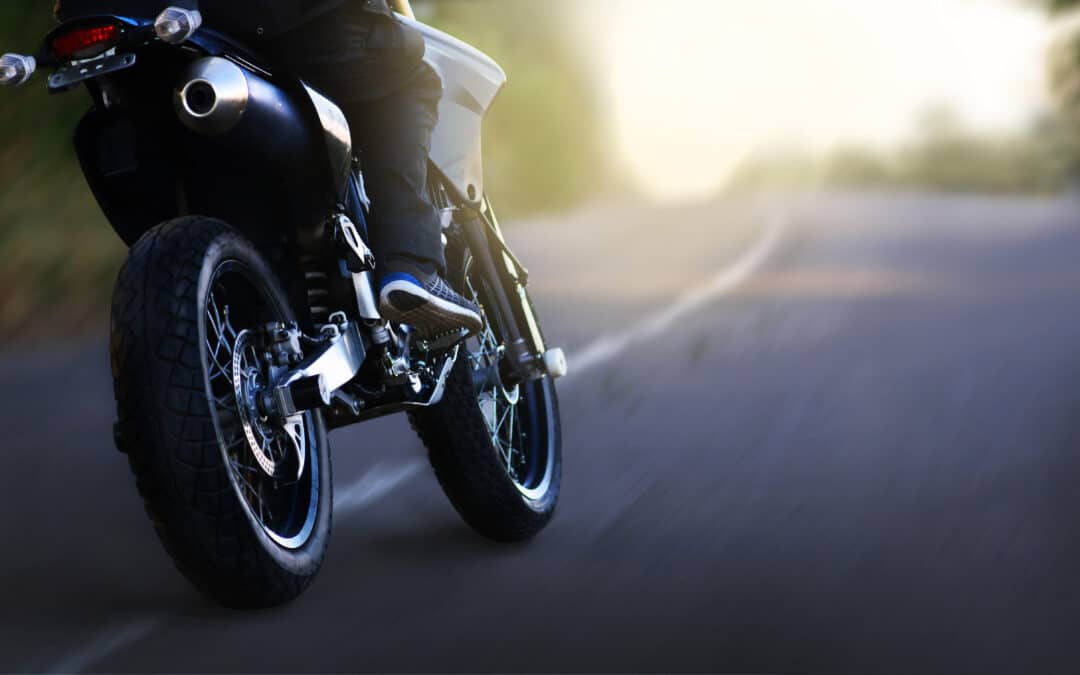
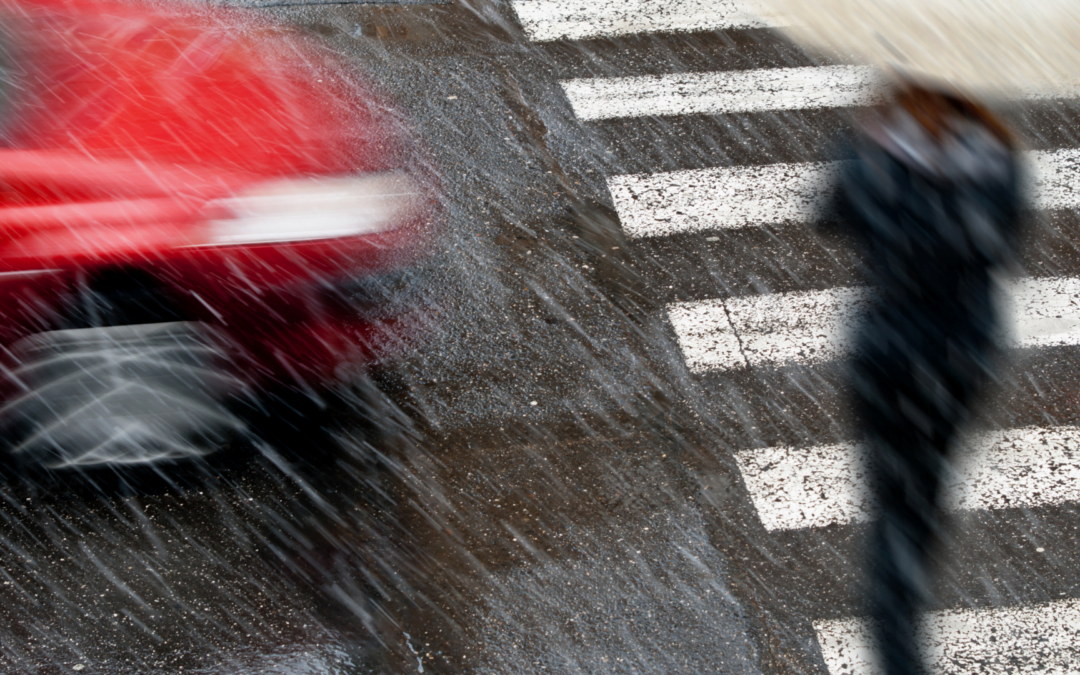
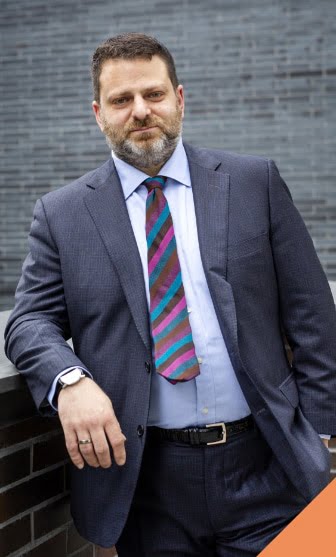
 INJURED?
INJURED?